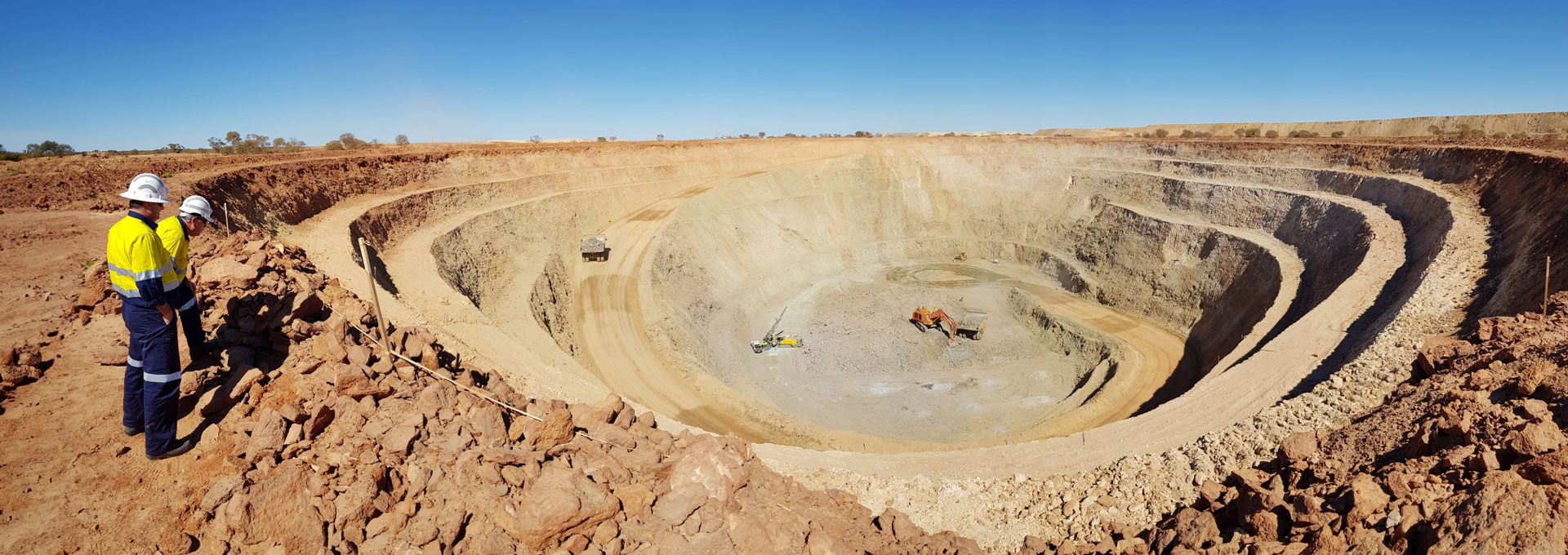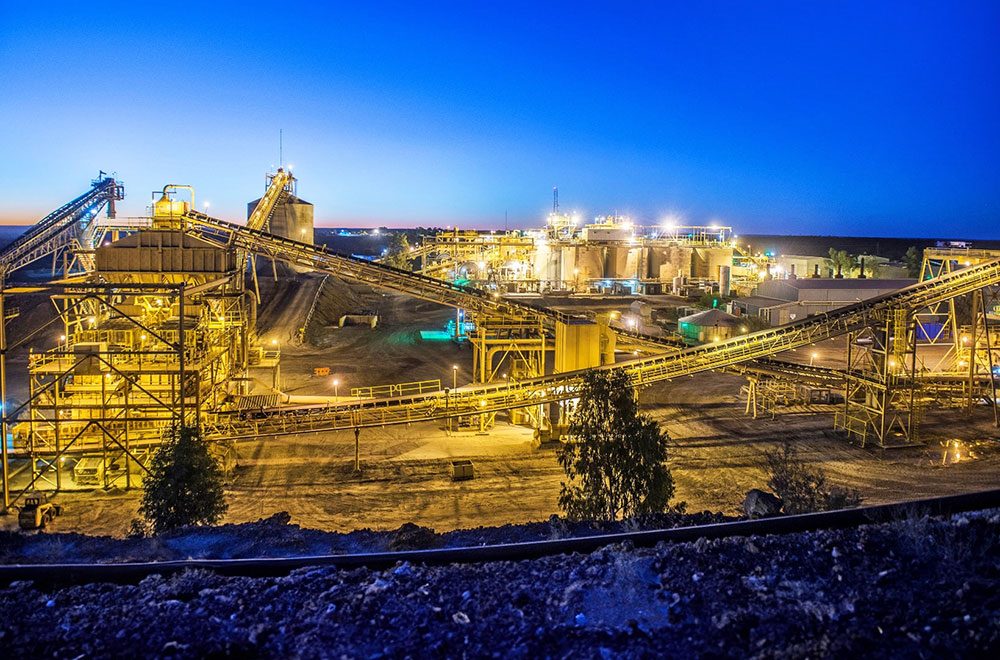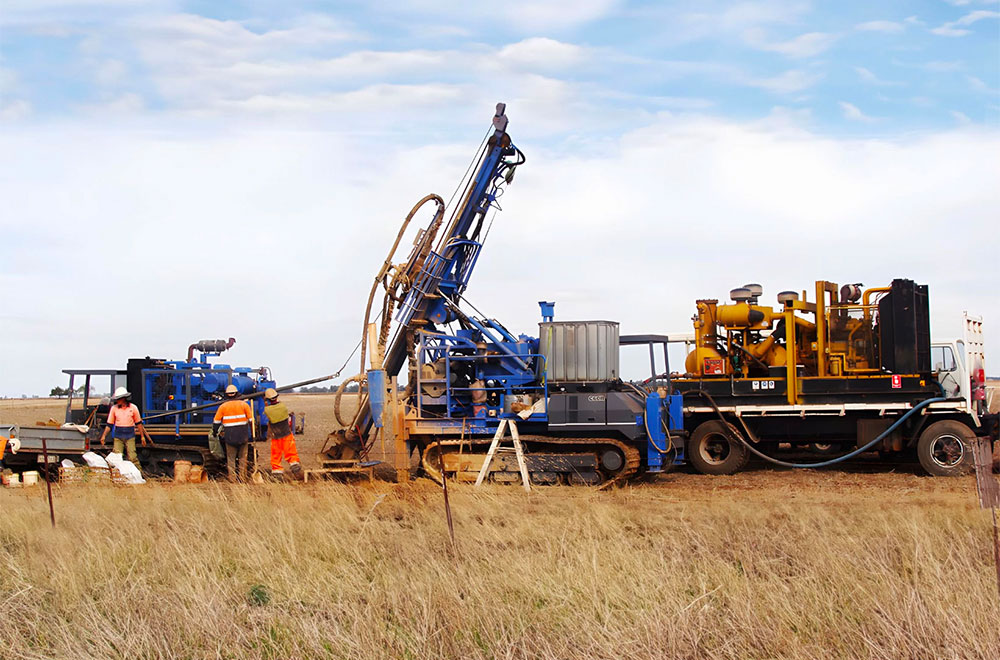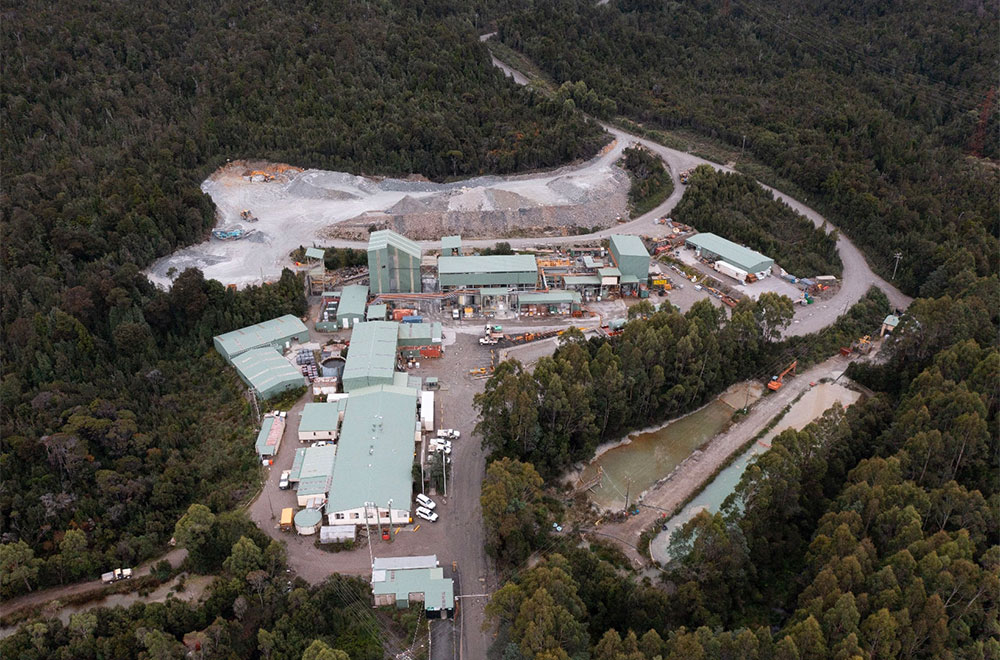Catalyst Metals (ASX:CYL) is an Australian gold producer that has a dominant landholding in three prolific Australian gold belts.
Latest
Catalyst News
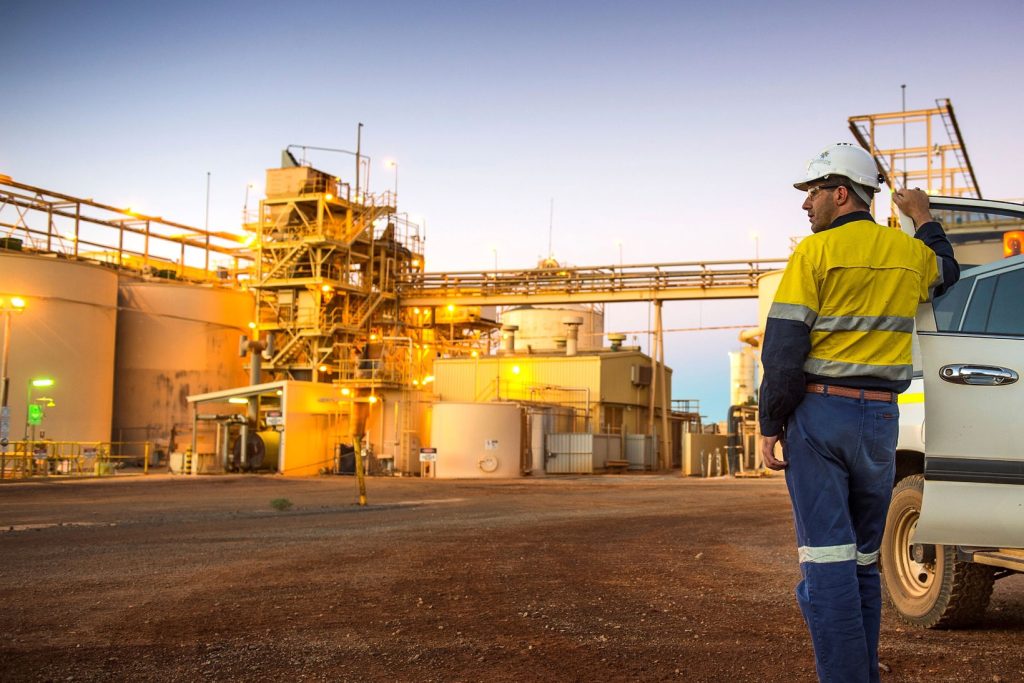
An Experienced
Leadership Team
Catalyst’s Board and management team has a track record of exploring, developing and operating successful mining projects. This experience will be key to delivering value for Catalyst shareholders.
